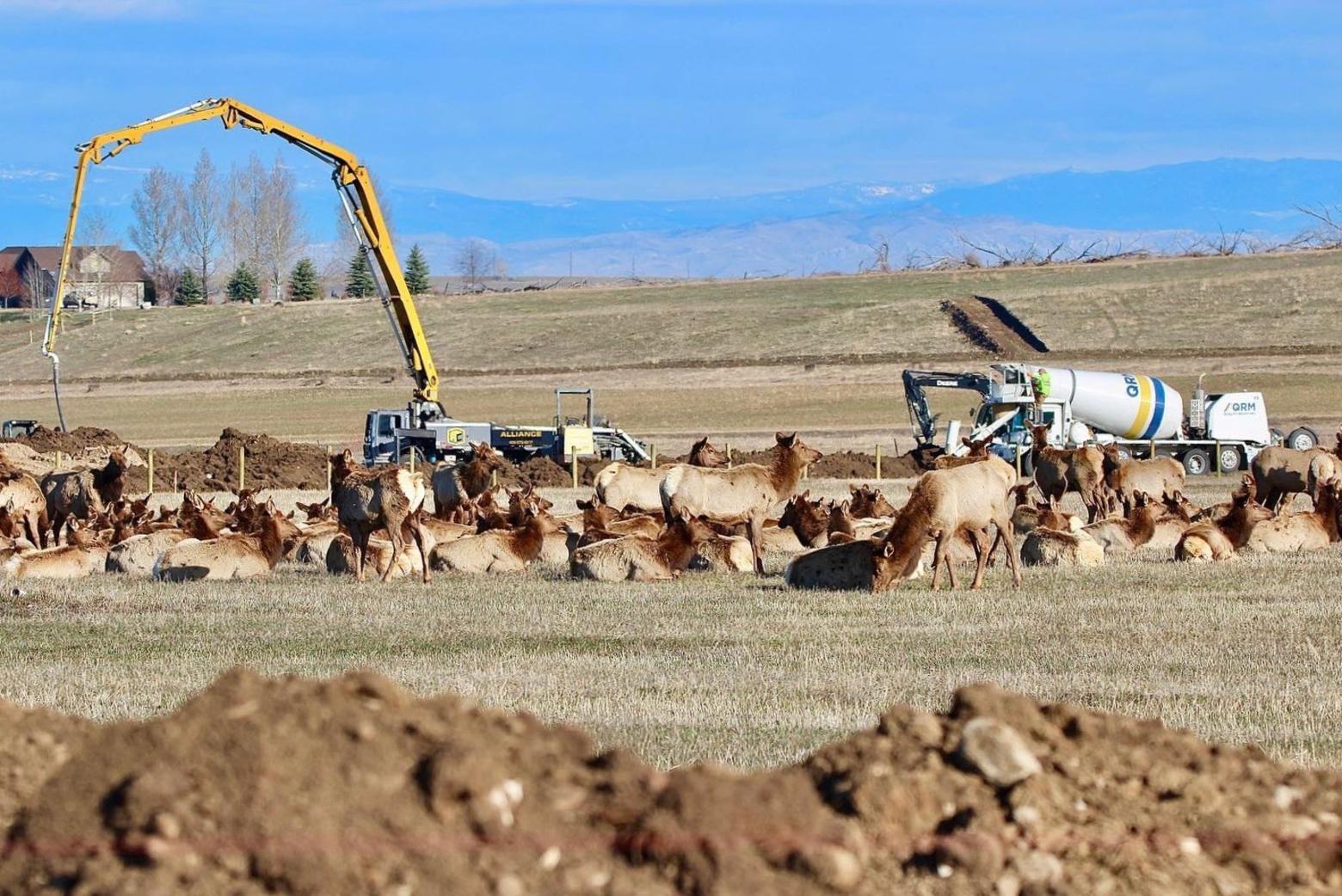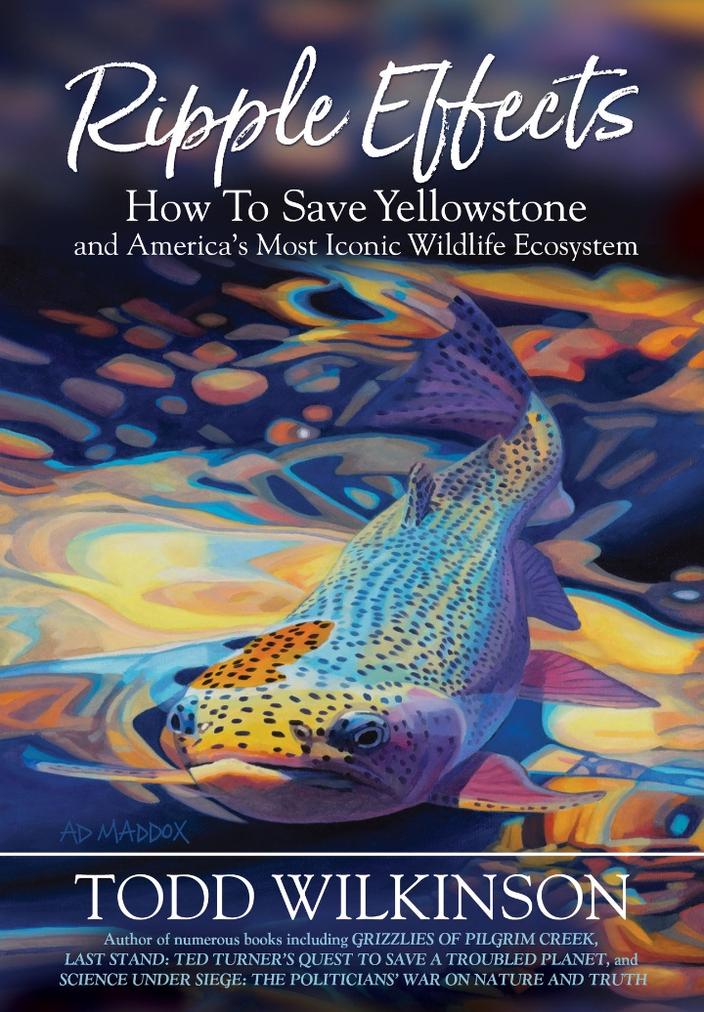We continuously tell ourselves there’s no point in changing. Either we are too old to make a difference or too young to alter our present trajectory. Once upon a time, I subscribed to this belief, too.
I recently read an observation in a Mountain Journal story that came from Dennis Glick, a community conservation expert from Livingston, Montana, who has been tracking the epic changes bearing down on the Greater Yellowstone Ecosystem, the last best wildlife-rich ecosystem in the Lower 48. “Many people have relocated to Montana and Wyoming and Idaho from Colorado ski resort towns because their once intimate connection to nature has vanished from the bustle that has overtaken those places in the Colorado Rockies,” Mr. Glick was quoted as saying.
I am one of those people and here is my confession:
The new edition of Mountain Outlaw is now out. “The Action Issue” is a collaboration with Mountain Journal.
I am a recovering seeker of the American dream who pursued it blindly, without reflecting on my own impacts and what they meant for vanishing wild places. If all of us became more ecologically aware, we could stop repeating the pattern of thoughtless destruction, but it will require inconveniencing ourselves. More difficult is that we push ourselves out of our comfort zones and see nature as being far more important than ourselves.
I, too, was drawn to wild places, as you no doubt are. At the age of nine, my father introduced me to the wonders and beauty of the wilderness as his father had done for him. After fly fishing for salmon on the Miramichi River in New Brunswick, Canada, and hiking endless trails above that river for many summers, I was “hooked.”
But it was more than just the love of the wilderness and fishing. My grandfather, who designed our 100-year-old ancestral home in the historic Brandywine River Valley of Delaware, had built his life based on a love of nature.
In the 19th and 20th centuries, many believed wild places existed to provide habitat for the animals we hunted. They existed to serve our desires, according to the conservation ethic advanced by Theodore Roosevelt and others. Little thought was given to the survival of the non-hunted animals that certainly had their own intrinsic worth as creations of the same evolutionary processes that gave rise to us, and which we are incapable of engineering.
My father continued a family tradition of supporting conservation by placing the 25 acres which surrounded our home under conservation easement. His gesture left an imprint on me. It’s in my genes because in the late 1970s I built my own little lodge in Eagle-Vail, Colorado, 2 miles west of Vail. The skiing was great, but it was the summer trout fishing, the hiking, backpacking and the tranquility of the surrounding wilderness that really drew me to the area. The highlight of my first Christmas there was watching a herd of elk wander through my front yard.
Of course, Eagle-Vail appealed to many others who came. What followed was an incredible expansion of development around my once-wild home. The meteoric growth included more than 12 golf courses stretching down the valley, shopping centers replacing grasslands where elk herds had grazed, and then the opening of Beaver Creek and Arrowhead ski areas.
I never saw another elk. I doubt the skiers who come in winter and the mountain bikers who throng there in summer reflect much on what they are not seeing, or what’s been lost. Once a place is covered in human infrastructure, its wild essence can never be regained. And the fact is, most wild places have gone in that direction.
Eagle-Vail appealed to many others who came. What followed was an incredible expansion of development around my once-wild home. The meteoric growth included more than 12 golf courses stretching down the valley, shopping centers replacing grasslands where elk herds had grazed, and then the opening of Beaver Creek and Arrowhead ski areas. I never saw another elk.”
Although my magazine publishing business in Vail continued to prosper, and my home was rented out to those who longed to experience the “magic of the mountains,” the ceaseless wave of development ate at the core of my original mountain-living dream. I sold my home in Eagle-Vail and started visiting Big Sky, Montana, with my son Preston who was then 9 years old.
I wanted to pass along to Preston a home in a town surrounded by wilderness and all the wonders that would come with it—including the indescribable feeling of entering a world that belongs to nonhuman life forms. Greater Yellowstone is a region still sustaining creatures that have vanished from almost everywhere else.

Spruance left Colorado and its largest ski area community because of the toll development had exacted on the natural mountain environment. At Vail, the elk herd is in trouble from a combination of habitat destruction and high levels of recreation use. This photo taken by Holly Pippel in Montana shows how similar development is destroying the ability of elk to migrate through parts of the Gallatin Valley outside Bozeman—owed to planning departments and city and county officials who have seldom seriously considered the impacts of development on Greater Yellowstone’s renowned wildlife. Why is that? Spruance says that if citizens don’t want their valleys to repeat the mistakes of Vail, especially given the world-class caliber of wildlife in the region, they need to speak up. To see more of Pippel’s dramatic wildlife photography, check out her Facebook page; Facebook.com/holly.pippel
At first, Big Sky looked and felt like something special: “the place.” But instead of buying another home immediately, I joined some local organizations whose missions were to preserve the natural essence of the Gallatin River, liquid gem of the Big Sky area. As a member and contributor to several environmental/conservation organizations, I planned to assist in fundraising and promoting sensitive development in an effort to prevent the calamity I witnessed in the Vail valley. Our many summer and winter visits gave me the opportunity to experience firsthand the thoughtless path Big Sky was taking.
I decided not to purchase a beautiful riverfront lot near Red Cliff just south of Big Sky, an investment that likely would have been very profitable. But financial profit was not my motive. Call me crazy, but I wanted to leave a natural legacy for my son and daughter, and that meant reflecting on my own impact.”
Unfortunately, I began to observe the conundrum facing many local business owners and their families. The promise of personal financial gain that came with growth and development outweighed the need to maintain the “wild things,” which had created the appeal in the first place and brought the development. A divisiveness grew within the community, between those who supported more growth and those who wanted to maintain the extraordinary sense of place, its wildlife and tranquility.
Hiking the trails around Big Sky, Preston and I noticed wildlife being overrun by off-road bikers and ATVers who did not notice the animals they were displacing. The decline in quality wildlife watching was disheartening and I realized the problem wasn’t my inability to see animals, but the question of why they were being displaced.

History was repeating itself and that pattern is spreading across Greater Yellowstone and the Rockies. I decided not to purchase a beautiful riverfront lot near Red Cliff just south of Big Sky, an investment that likely would have been very profitable. But financial profit was not my motive. Call me crazy, but I wanted to leave a natural legacy for Preston, and that meant reflecting on my own impact. You may think this is just another tale of paradise being lost.
We need to rally; all of us. Now is the time for mountain communities who share and value the wildness of wilderness to step up. Whether you are liberal or conservative, as I am, we all have a responsibility to consciously make space for nature in our lives.
As a dad, businessman and self-proclaimed steward of our precious wildlands, I hope my legacy will be as one who left the natural wonders of the Greater Yellowstone Ecosystem better than I found them. We have to open our eyes or we’re going to lose this priceless ecosystem and once it’s gone, no amount of money will enable us to ever bring it back.
What can you do as a call to action? Begin by reading Wilkinson’s book Ripple Effects: How to Save Yellowstone and America’s Most Iconic Wildlife Ecosystem. It will make you aware of what’s at stake. Then time to learn for yourself about the issues. Give back to nature, take a walk in the woods, cast a line in the water or whatever will cause you to care. Get together with family and friends and inconvenience yourself by supporting something outside of your comfort zone. Knowing the loss of Greater Yellowstone is happening, yet doing nothing, ought to induce guilt and shame.
Credit: Source link





























